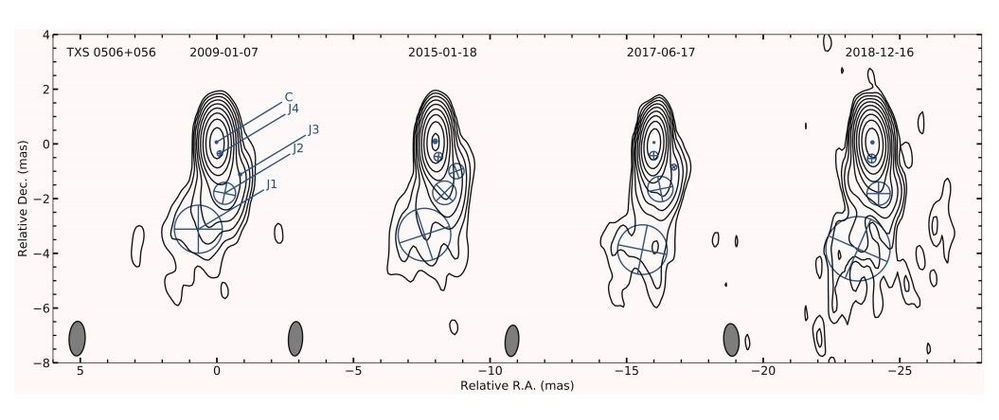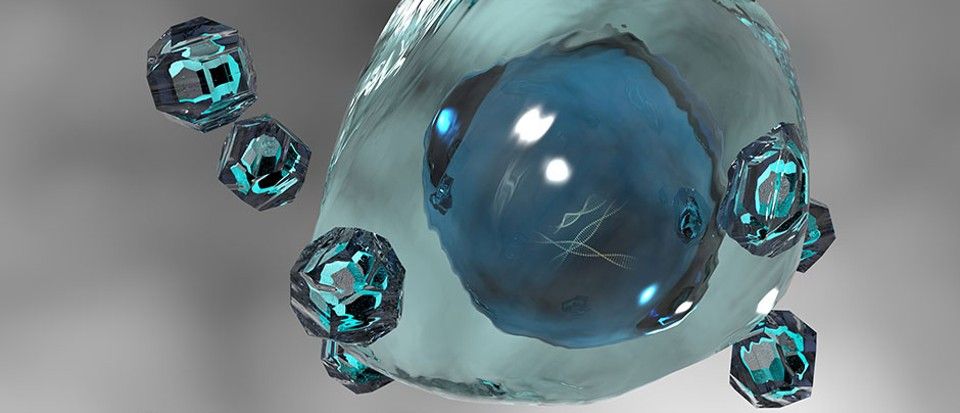A cornerstone of the Chinese Navy’s increasing global reach will be a naval base in Djibouti. Recent satellite images point to extensive work on the piers and, possibly, a second pier or quay under constriction.



Sometime in the next few hours, the body of a spent Chinese rocket will become the largest piece of space junk in decades to fall, uncontrolled, back towards Earth.
On May 5, a Long March 5B rocket launched a prototype crew capsule resembling a SpaceX Crew Dragon to orbit for a test. Now, after almost a week orbiting the Earth, the core stage of the large rocket is on a collision course with the upper atmosphere and whatever doesn’t burn up during its descent will impact the planet.
“It is the most massive object to make an uncontrolled reentry since the 39-tonne Salyut-7 in 1991,” wrote Jonathan McDowell, a prominent Harvard astrophysicist who tracks objects in orbit, on Twitter.
Ladies Monday with ReallyGraceful.
Instagram: http://instragam.com/reallygraceful
Sources:
Justice Department Harvard University Professor and Two Chinese Nationals Charged in Three Separate China Related Cases https://www.youtube.com/redirect?stzid=UgxQHO9tWP1fSiaAouR4A…g4OTY1ODc4

Men’s blood has higher levels than women’s of a key enzyme used by the new coronavirus to infect cells, the results of a big European study showed on Monday — a finding which may help explain why men are more vulnerable to infection with COVID-19. One of the strongest biomarkers, ACE2, was much higher in men than in women…
LONDON (Reuters) — Men’s blood has higher levels than women’s of a key enzyme used by the new coronavirus to infect cells, the results of a big European study showed on Monday — a finding which may help explain why men are more vulnerable to infection with COVID-19.

Using the Very Long Baseline Interferometry (VLBI) technique, astronomers have probed the parsec-scale jet of a neutrino-emitting blazar known as TXS 0506+056. Results of the new study, presented May 1 on arXiv.org, shed more light on the properties of this jet, which could improve the understanding of very-high energy (VHE) neutrinos.
Blazars, classified as members of a larger group of active galaxies that host active galactic nuclei (AGN), are powerful sources of emission across the electromagnetic spectrum from radio to very high-energy gamma frequencies. Their characteristic features are relativistic jets pointed almost exactly toward the Earth.
In general, blazars are perceived by astronomers as high-energy engines serving as natural laboratories to study particle acceleration, relativistic plasma processes, magnetic field dynamics and black hole physics. Therefore, high-resolution observations of blazars and their jets in different wavelengths could be essential for improving the understanding of these phenomena.

Researchers from the University of Utah are developing a system that allows amputees to control a bionic arm using just their thoughts. What’s more, the hand portion of the limb enables them to ‘feel’ objects that are being touched or grasped. Known as the Luke Arm (a tribute to Luke Skywalker’s prosthetic limb), the robotic arm mimics the way a human hand feels different objects by sending signals to the brain. An amputee wearing the arm can sense how hard or soft an object is, letting them understand how best to handle said objects.


Russia’s space agency Roscosmos announced on Sunday that the tanks of a rocket that launched a scientific satellite back in 2011 have disintegrated in Earth’s orbit above the Indian Ocean.
The 18th Space Control Squadron of the US Air Force said on Saturday that it is now tracking 65 separate pieces associated with the rocket’s upper stage. “No indication caused by collision,” the squadron wrote in a May 9 tweet confirming the news.
“Currently we are working to collect data to confirm the quantity and orbit parameters of the fragments,” Russia’s space agency said in a statement, as quoted by Agence France-Presse.

But at stake is whether places like Silicon Valley, Seattle, Salt Lake City, San Francisco or Los Angeles might be forced to shut down after a direct hit — and for how long.
[Want to get our daily newsletter California Today by email? Here’s the sign-up.]
A federal study last year found that a quarter of the buildings in the San Francisco Bay Area would be significantly damaged after a magnitude-7 earthquake, a disaster that would be compounded by the fact that nine out of every 10 commercial buildings and eight out of 10 homes in California are not insured for earthquakes.

Nanotechnology is the application of science at a truly nano scale. To put that in perspective, if a nanometre were the size of a cup of tea, a meter would cover the diameter of the whole Earth.
Being able to control the world at such an intricate level has the potential to revolutionise medicine – enabling us to target cancer cells, deliver drugs and fight antibiotic resistance – but how do we create technology to that size?
Sonia talks to our editorial assistant Amy Barret about how her work in nanotechnology began, building proteins unknown to nature, and why going nano is nothing like in the movies.